Sukkot: The Festival of Booths
Erev Sukkot: Preparing for the Festival of Booths
Erev Sukkot is the day before Sukkot begins, a time of preparation, anticipation, and spiritual readiness for the week-long festival celebrating God’s protection and the harvest.
Key Practices and Customs
Building the Sukkah: Families construct or finalize their sukkah (temporary booth), ensuring it is ready for the holiday.
Preparation of the Four Species: The lulav (palm), etrog (citron), hadass (myrtle), and aravah (willow) are arranged and inspected in preparation for the ritual waving.
Festive Meal: A special meal is eaten at home before the festival begins, sometimes including symbolic foods to reflect gratitude and blessing.
Spiritual Readiness: Many take time for personal reflection on themes of gratitude, protection, and hospitality, preparing to dwell joyfully in the sukkah.
Spiritual Meaning
Anticipation: Erev Sukkot sets the tone for the holiday, emphasizing joy, mindfulness, and connection to God.
Preparation: Ensures both physical and spiritual readiness for living in the sukkah and performing the mitzvot of the festival.
Community and Family: Highlights the importance of togetherness and hospitality as families and communities gather to celebrate.
Erev Sukkot is a day of preparation and anticipation — building the sukkah, arranging the Four Species, and readying the heart for a festival of joy, gratitude, and reflection.
Sukkot: The Festival of Booths
Sukkot, also known as the Festival of Booths or Tabernacles, is a week-long Jewish festival that begins on the 15th day of Tishrei, five days after Yom Kippur. It commemorates the 40 years of wandering in the desert after the Exodus from Egypt, when the Israelites lived in temporary shelters.
Core Themes
Remembrance: Sukkot reminds Jews of the fragility and impermanence of life, as well as God’s protection during the desert journey.
Gratitude: The festival is also a harvest celebration, giving thanks for the bounty of the land.
Hospitality: Sukkot encourages welcoming guests, reflecting on community and generosity.
Key Customs
Building a Sukkah: Families construct a temporary hut or booth (sukkah) with a roof of natural materials (schach). Meals are eaten inside, and some sleep there, symbolizing trust in God’s protection.
The Four Species (Arba Minim): Jews wave the lulav (palm branch), etrog (citron), hadass (myrtle), and aravah (willow) during prayers, representing unity, gratitude, and connection to nature.
Festive Meals and Singing: Meals in the sukkah are filled with joy, music, and reflection on the blessings of life.
Spiritual Meaning
Sukkot emphasizes:
Dependence on God: Living in temporary structures highlights human vulnerability and divine care.
Unity and Diversity: The Four Species represent different types of people, teaching the value of community and inclusion.
Joy and Celebration: Known as Zman Simchateinu (“the season of our rejoicing”), Sukkot encourages happiness, gratitude, and connection.
Sukkot is a festival of gratitude, hospitality, and spiritual reflection — celebrating God’s protection and the beauty of impermanence in life.


